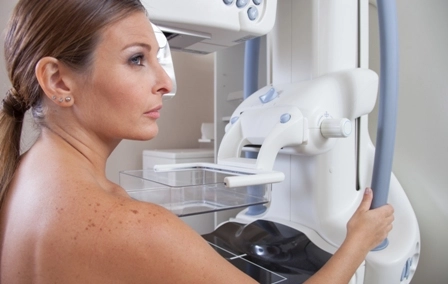Pathology/Lab Coding Alert
ICD-9 to ICD-10:
Take These 3 Preparation Steps
Published on Tue Jul 07, 2015

You’ve reached your limit of free articles. Already a subscriber? Log in.
Not a subscriber? Subscribe today to continue reading this article. Plus, you’ll get:
- Simple explanations of current healthcare regulations and payer programs
- Real-world reporting scenarios solved by our expert coders
- Industry news, such as MAC and RAC activities, the OIG Work Plan, and CERT reports
- Instant access to every article ever published in Revenue Cycle Insider
- 6 annual AAPC-approved CEUs
- The latest updates for CPT®, ICD-10-CM, HCPCS Level II, NCCI edits, modifiers, compliance, technology, practice management, and more
Related Articles
Other Articles in this issue of
Pathology/Lab Coding Alert
- Compliance:
Decipher Unbundling Tools With This Lung Case
You can stick with modifier 59 for now. When you’re up against Medicare’s Correct Coding [...] - ICD-10:
Location Drives Lung Cancer Diagnosis Changes
Laterality adds specificity. Coding for lung cancer won’t change too much when ICD-10 goes into [...] - ICD-10:
Drive Home Key ICD-9 to ICD-10 Changes for Your Pathology Practice
Avoid this one GEM trap. Maybe you’re ready to transition smoothly to ICD-10 starting October [...] - ICD-9 to ICD-10:
Take These 3 Preparation Steps
Transition doesn’t end on October 1. With a firm understanding of the ICD-9 to ICD-10 [...] - You Be the Coder:
Focus on Specimens, Stains, for FNA Case
Question: Please help with coding for the following thyroid case: Pathologist receives from surgery two [...] - Reader Questions:
Check Payers for Crohn's Antibody Test Coverage
Question: Our lab performs antibody testing for ASCA and ANCA to establish a differential diagnosis between [...] - Reader Questions:
Look for HPV Screening Coverage
Question: I’ve heard that Medicare has started to cover screening tests for HPV. Is that true, [...] - Reader Questions:
Don't Split Combination Code
Question: Our lab performs an automated urinalysis and a urine microscopy exam, but we’re getting denials [...]
View All




